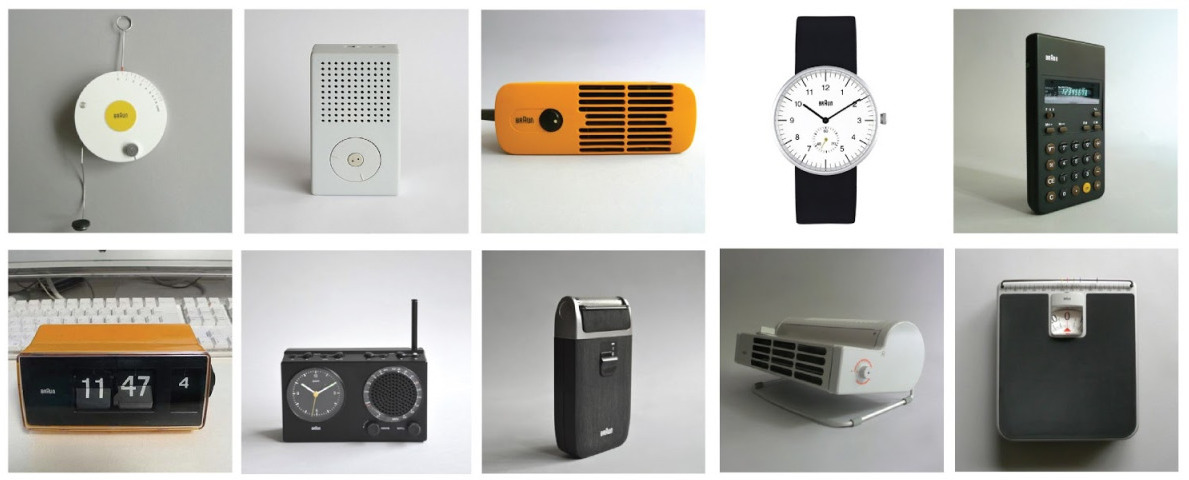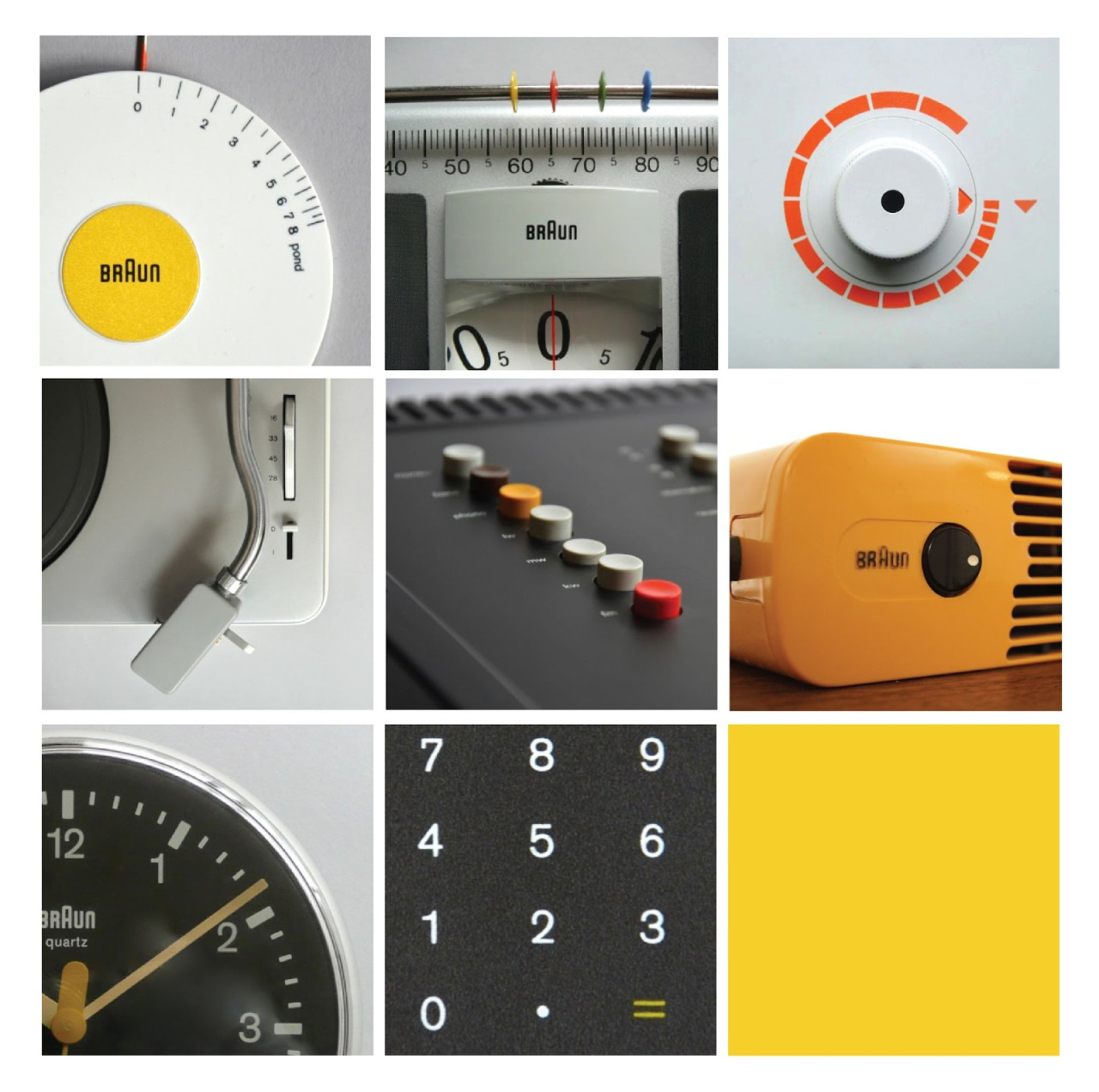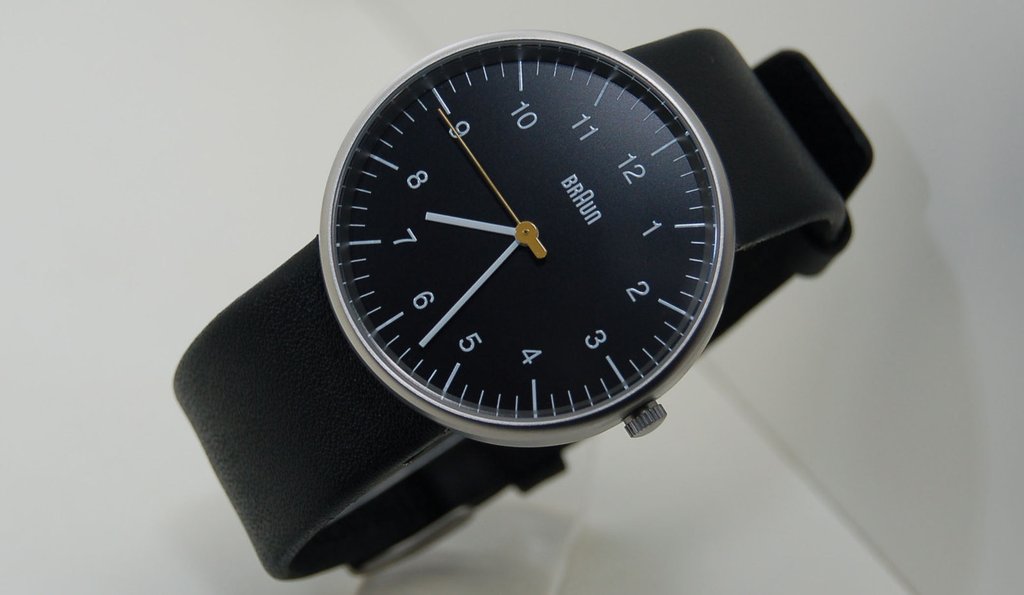Most of us here at worn&wound stand by the idea that every watch—and by extension, every watch designer—has something to teach us about what makes something attractive. I certainly believe it, and try to find the beauty in everything. On the other hand, however, not many designers can claim to have changed the world, and only one has literally written the Ten Commandments of good design: Dieter Rams. Rams, through decades at the helm of the famous Braun design house, refined his restrained yet personal work into an ethos spanning all corners of industrial design.

Design was a family affair for Dieter Rams. Born May 20, 1932 in Wiesbaden, Germany, Rams’ youth was spent in the turbulent rise of the Third Reich and the chaos of World War II. To protect him from the dangers of the Nazi regime, his parents sent him to live with his grandfather in the countryside for much of his early years.









 Featured Videos
Featured Videos












